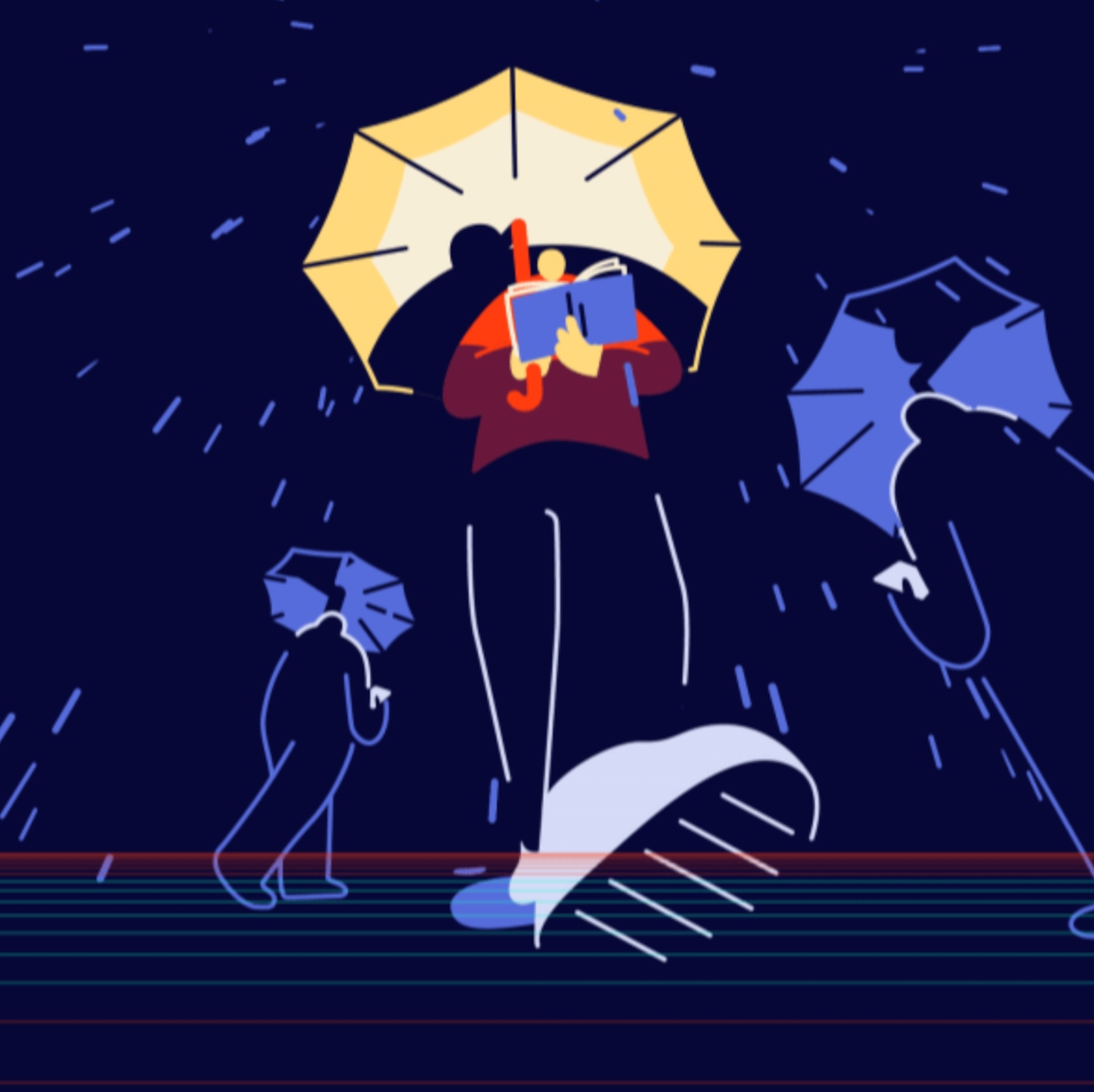If Sam Altman sends you seven thousand every month, how will your life change?
Author: Hao Boyang
Editor: Guo Xiaojing
Source: Tencent Technology
After the rise of ChatGPT, some people began to worry about losing their jobs.
When the era of AGI truly arrives, and AI can do anything that humans can do, and do it faster and better, how can humans compete with them for jobs?
One of the answers given by politicians and corporate leaders is the UBI plan, or Universal Basic Income. It assumes that after the significant productivity boost brought by AI, people will no longer need to work, and the government and businesses will provide unconditional money to everyone to sustain their lives. This sounds quite wonderful, but can it really bring benefits to people's lives? This has been a topic of ongoing debate in political and academic circles.
For years, OpenAI's CEO Sam Altman has openly expressed concerns, believing that as artificial intelligence replaces traditional jobs and a few people accumulate vast wealth, basic income will become indispensable. He wrote in 2021, "If public policy fails to adjust accordingly, most people will end up living worse than they do today."
Altman is not alone in this view. Many heavyweight figures in the tech industry, from Elon Musk to Geoffrey Hinton, known as the "father of artificial intelligence," believe that AI will trigger a wave of technological unemployment, and basic income support will become a necessary measure to sustain our livelihoods.
Sam Altman not only expressed concerns but also funded a research organization called OpenResearch, which collaborates with the U.S. government to provide unconditional money to people and observe what changes occur in their lives.
Researchers selected 3,000 American families with an average annual income of around $30,000 and divided them into two groups: 1,000 people received $1,000 per month, while the other 2,000 served as a control group receiving $50 per month, to see what effects would arise. From November 2020 to October 2023, this plan lasted for three years. This means that the 1,000 people received a total of $36,000 over three years, which is about 260,000 RMB in additional income.

(Grouping method)
Today, they released preliminary research findings.
How did the beneficiaries spend the money?
What did those who received $1,000 a month do with the money?
Not everyone increased their spending. Researchers divided all beneficiaries into three income tiers: those with an annual income of less than $15,000 are considered low income, those with an annual income between $15,000 and $60,000 are middle income, and those with an income greater than $60,000 are high income. Among these, the middle-income group had the largest increase in spending, using about half of the subsidy, $427, while the low-income group only spent 30%, and the high-income group showed virtually no change. This does not mean they did not spend the gifted money, but rather that their total spending did not change. Overall, the savings of all participants increased by 25%.

(Specific spending by different groups)
Those who received $1,000 primarily used the money to meet some of their basic needs. The lowest-income individuals took this opportunity to move out of old houses that might have housed four generations and began to live independently. Others also spent the money on basic needs such as food and transportation. According to OpenResearch, about 62 cents of every dollar transferred was used for basic expenses like food, rent, and transportation, 22 cents for leisure, and 3 cents for increased borrowing, as recipients took on more auto loans and mortgages.

(Spending by category among participants)
Surprisingly, aside from basic needs, the fourth largest expenditure was an average of $22 per month given to others, such as helping relatives in need or giving gifts to friends. This was the largest growth area among all types of spending. This effect was particularly pronounced among beneficiaries from lower-income households and was more common among people of color. In examples provided by researchers, they would repay past help from friends or relatives who are now in difficulty; some even supported friends who were homeless in foreign countries.

(Participants' explanations for helping others)
Poverty does not mean selfishness.
Following this, expenditures on children, household bills, and medical expenses were next. In contrast, truly potentially luxurious spending, such as clothing, alcohol, and vacations, accounted for less than 10%.

(Percentage breakdown of participants' spending)
How did this cash change their lives?
Besides directly spending money on goods, how did this money change their lifestyles?
First and foremost, simply put, having money meant they worked less.
Research shows that these participants reduced their working hours, but they did not choose to quit their jobs outright. Their weekly working hours decreased by only 1.3 hours, and their income dropped by 4-5%. Interestingly, the partners of the experimental participants also seemed to reduce their labor supply by a similar amount. One person receives money, and both enjoy it.

(Comparison of changes in working hours, red indicates the experimental group)

(Overall income changes, red indicates the experimental group)
The time saved was primarily spent on socializing, caring for others, and leisure.
The change in working hours was actually more pronounced in the high-income group. They tended to reduce their working hours or the number of jobs held, rather than using the funds to increase spending. In contrast, low-income beneficiaries had to use the money to improve their lives while being reluctant to give up their jobs.

(The biggest change in monthly time allocation for the beneficiary group)
Researchers further pondered whether these participants, having received more money and more space, would think more about life, consider their work environment, and even pursue further education. First, they observed whether participants sought better jobs, but due to skill limitations, they primarily continued in their previous-level jobs. However, they now tended to take a month off during unemployment and applied for fewer positions, allowing more space to consider better conditions. They were even more likely to seek jobs based on interest and meaning. Among job seekers, respondents believed that finding interesting or meaningful work was a necessary condition for accepting any position, with a probability 5.5 percentage points higher than others.

(Participants' comments on job choices)
More importantly, compared to before when they could only live day by day, beneficiaries were, on average, more likely (12% higher) to plan for large expenditures, indicating a greater hope and motivation for the future. In the third year of the project, their participation rate in education or vocational training significantly increased (by 3.3 percentage points), and beneficiaries reported a significantly higher likelihood of planning to continue their education (by 6 percentage points).

(Participants' comments on future planning)
Although they did not change jobs, some individuals did start to consider entrepreneurship with this money. By the third year of the subsidy, 43% of Black participants began planning to start a business, which was 9% higher than the control group. Additionally, more female beneficiaries (5% more than the control group) expressed intentions to start a business.
(Change in entrepreneurial inclination among participants)
All of this indicates that, due to financial surplus, impoverished groups gained greater agency.
In addition to having more hope for life, this extra income also made them more willing to seek medical care. Although their spending on healthcare was far below basic needs, compared to the control group, the number of beneficiaries hospitalized last year increased by 26%. The likelihood of visiting outpatient services and dentists also significantly increased.
(Changes in healthcare situations among beneficiaries)
Perhaps due to a greater hope for life, the rate of alcoholism in this group decreased by 20%, and substance abuse dropped by as much as 53%. Therefore, the mountain dwellers in "The Ballad of the Country Folk," who are addicted to alcohol and drugs, might be just $1,000 away from a normal life.
Although there are currently no reports on the impact of UBI on crime data, the reduction in drug and alcohol use is believed to contribute to a certain degree of decline in crime rates.

(Participants discussing changes in their living conditions)
However, for most people, $1,000 is still far from enough. They need to use it to support their families. Therefore, while healthcare spending has increased, it remains limited. Thus, the research found that cash had no impact on physical health indicators, self-reported access to healthcare, or health-promoting behaviors such as exercise and sleep.

(Changes in health-related indicators among beneficiaries)
From the beneficiaries' accounts, we can understand that they have various needs. Out of necessity, they may prioritize needs beyond health—such as housing, food, transportation, and childcare costs. Especially for low-income individuals, they face countless other pressures in terms of time, finances, and emotional bandwidth.

(Participants' considerations regarding changes in healthcare situations)
So, is UBI reliable?
In the past, there were four main arguments against the implementation of UBI.
First, it's too expensive. Indeed, over three years, this experiment covering 3,000 people cost $14 million. But if AI can truly replace humans on a large scale, is this expense still too high compared to the value and wealth they generate? According to research by the International Monetary Fund, artificial intelligence could affect about 60% of jobs in developed economies, with about half of those being automatable, potentially leading to reduced hiring and lower wages. Another study suggests that by 2030, nearly 12 million American workers may need to switch jobs. AI companies promise us a more prosperous era; in Goldman Sachs' research, just the GPT in the U.S. could achieve growth exceeding a trillion. Meanwhile, estimates from the UK's welfare department suggest that achieving UBI would require reallocating £120 billion in tax revenue to the welfare system. So, wouldn't it be reasonable to spend a small portion of this GDP growth to subsidize the workers most affected?
Don't forget that these individuals are also working and paying taxes. Although their taxes are far less than the additional benefits they receive, the overall output for AI + human labor is a net increase.
Second, a commonly mentioned point: supporting the poor means supporting the lazy, and only the possibility of falling into poverty can motivate people to become wealthy. Opponents of UBI often believe that unconditional financial aid fosters complacency and hinders goal-setting and pursuit. However, research results indicate that beneficiaries neither gave up work nor did they simply gain reasonable leisure time. Instead, they enhanced their planning awareness, future thinking, budgeting skills, and educational aspirations. In other words, they became more motivated. This is also the most important conclusion proven in this survey.
Third, UBI might reduce or even abolish the existing welfare system, making the poor more vulnerable. This argument may be less substantial. First, the two can actually coexist; second, attempting to design a welfare system that meets so many different needs and desires through central planning is neither realistic nor achievable. Therefore, why not leverage people's own agency and allow them to allocate more wealth themselves?
Fourth, distributing money uniformly is unfair to taxpayers because it is funded by taxpayers' money. This assumption actually presumes that beneficiaries are not taxpayers. Experiments show that beneficiaries are still willing to work, so they are taxpayers too. Additionally, companies that replace human labor with AI achieve higher profit margins and greater returns. It is reasonable to use part of the benefits derived from technological progress to compensate those who are difficult to reach and have been left behind by technological advancements. After all, history is not created by individuals or single companies; technology is not either.
So, what is unreliable about UBI?










